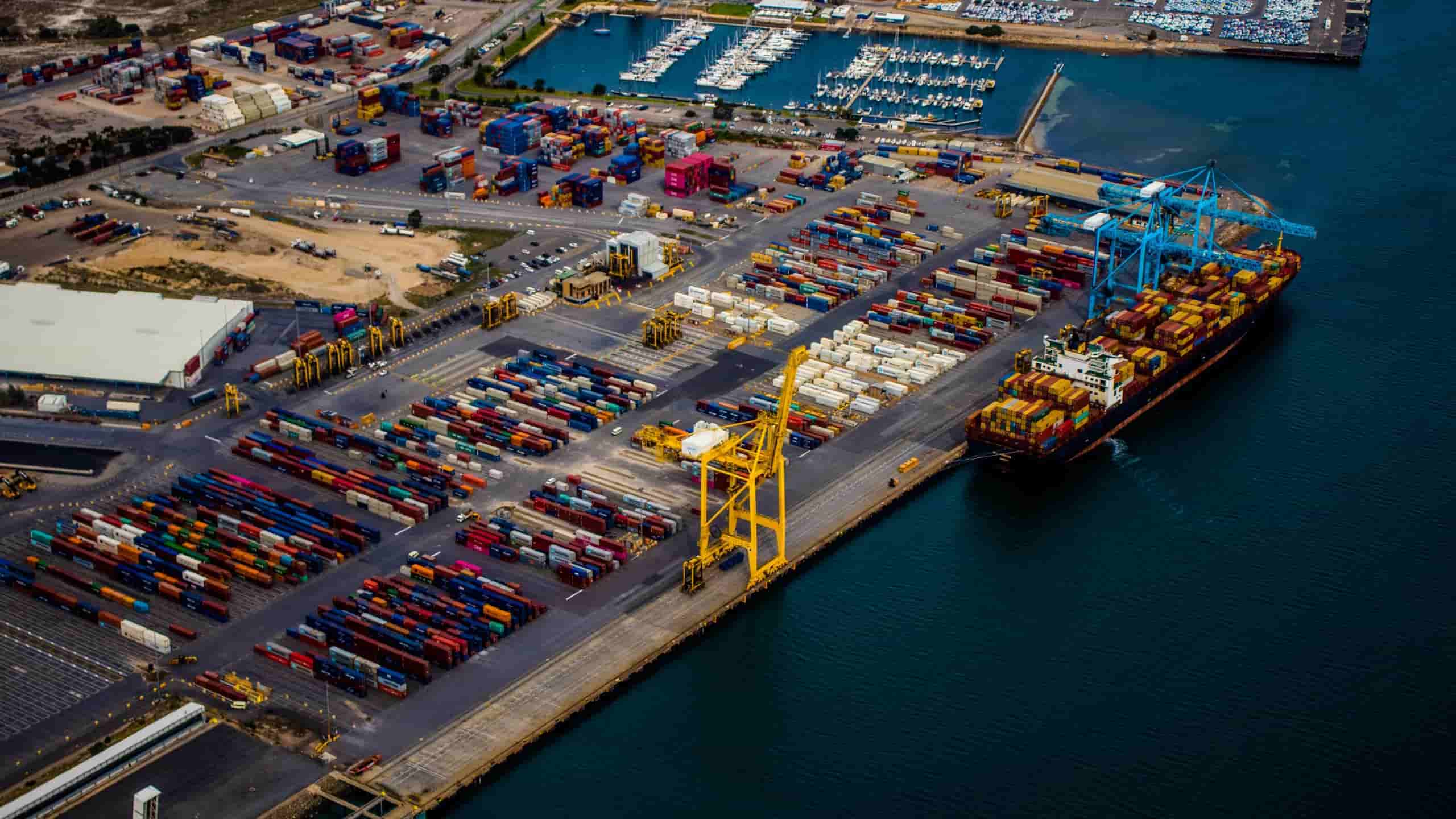As climate change brings warmer temperatures, sea level rise, and more extreme weather events, companies should expect their supply chains, retail locations, and consumers to feel the impacts.
Climate change increases uncertainty, which broadens the range of both risks and opportunities. The insurance industry is taking note as it seeks to spread the risk of climate change, and investors are taking note by increasingly considering climate change in investment decisions.
How exactly does climate change affect businesses? Below are common themes:
1. Disruptions in the supply chain:
Climate change presents near-term risks to supply chains across the globe. Companies are significantly less prepared than their clients in responding to climate change, potentially increasing supply chain vulnerability and threatening customer relationships. Some companies are taking significant steps to get ahead of this concern. Staples actively seeks to ensure the availability of multiple sources for its products to avoid supply chain disruptions due to physical events or other factors. Additionally, increased water stress and risk of natural disasters in key sourcing regions (e.g. Asia and Latin America) are likely to impact the stability and continuity of company supply chains.
2. Infrastructure resiliency:
Business premises will also be affected as weather patterns change. This will have implications for the maintenance and operations of existing facilities as well as the design and construction of new facilities. Specific changes that are already affecting businesses:
- Warmer temperatures will result in increased energy costs to keep stores and offices cool.
- Extreme weather events such as Hurricane Sandy and rising sea level may affect real estate in coastal areas and other vulnerable areas, resulting in temporary or long-term damage and closure.
- Communications and information technology infrastructure could be affected by flooding or severe weather, which would interrupt service.
Companies should conduct a risk assessment for current sites and incorporate physical climate risk considerations into future site planning. New facilities should be built with minimal carbon while incorporating climate resilience.
3. Shifts in consumer demand:
As consumers become more aware of climate change and other environmental issues, companies are rushing to meet consumer demands for green products and services, which has allowed the growth rates of “green“ market segments to outpace conventional segments in many industries. For example, in 2012, Gucci took notice of consumer demand for sustainable products and launched a sustainable line of footwear made from biodegradable plastic. In 2015, Adidas showcased its first footwear line made from upcycled ocean waste. Meeting consumer demand for sustainable products and services can even translate to higher price premiums.
4. Changes in precipitation and water scarcity:
Climate change is expected to bring about dramatic changes to precipitation patterns worldwide. Precipitation will come down in more extreme events leading to increased runoff and flooding, while other areas will be deprived of rain altogether. Companies are already confronting issues related to water scarcity and changes in precipitation. In Kerala, India, for example, both PepsiCo’s and Coca-Cola’s bottlers lost their licenses to use groundwater, after drought spurred community outrage and increased competition for local aquifers. Furthermore, in response to the current drought in California, Nestle Waters has been facing fierce opposition concerning its water bottling operations in the state. Water, or the lack of it, can directly affect companies’ profitability and, in turn, investor confidence. Changes in precipitation will continue to affect business operations for years to come.



